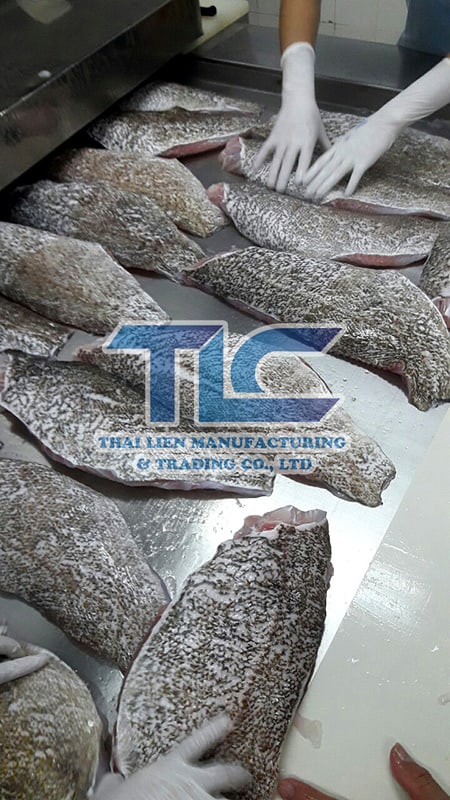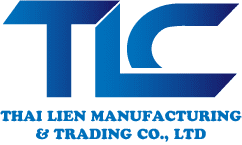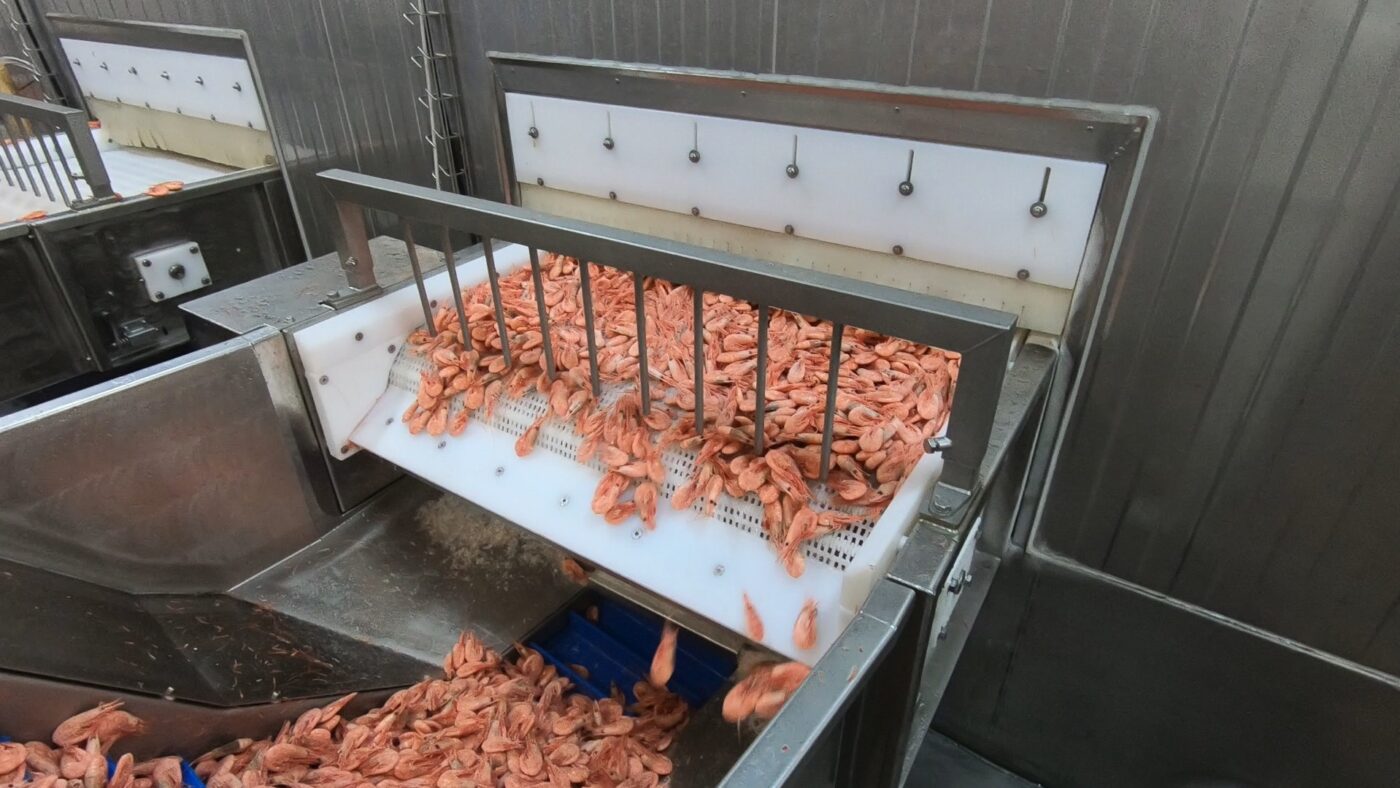Understanding IQF for Seafood Export: Techniques and Benefits
What is IQF for Seafood Export: A Comprehensive Guide
Introduction
In the world of seafood export, the term “IQF” has been gaining prominence. But what exactly is IQF, and how does it impact the seafood export process? IQF, which stands for Individual Quick Freezing, is a revolutionary technology that has transformed the way seafood is preserved and exported. In this article, we delve into the details of IQF for seafood export, discussing its technique, benefits, and significance for the industry.
What is IQF for Seafood Export?
IQF, short for Individual Quick Freezing, is a cutting-edge technology used in the seafood export industry to freeze individual pieces of seafood quickly and separately. Unlike traditional freezing methods, which involve freezing seafood in bulk, IQF allows each piece to be frozen individually. This method involves rapidly freezing seafood at extremely low temperatures, typically around -40°C (-40°F) or even lower. The quick freezing process forms small ice crystals within the seafood, preserving its texture, flavor, and nutritional value.
IQF Technique: How Does It Work?
The IQF technique employs advanced technology to ensure that seafood remains in its prime condition even after freezing. Here’s how the IQF process works:
- Preparation: The seafood is carefully cleaned, sorted, and inspected to ensure only the highest quality pieces are selected for freezing.
- Pre-Freezing: Before the rapid freezing process begins, the seafood is pre-frozen slightly. This step helps maintain the structural integrity of the individual pieces during the IQF process.
- Individual Freezing: The pre-frozen seafood enters a freezing tunnel, where cold air is circulated at high speeds. The combination of cold air and high velocity freezes each piece individually within minutes.
- Quick Packaging: Once the seafood is fully frozen, it is quickly packaged to prevent any loss of quality. Each piece is carefully sealed to maintain its freshness.
Benefits of IQF for Seafood Export
1. Preservation of Quality
IQF technology excels at preserving the quality of seafood. The rapid freezing process prevents the formation of large ice crystals, which can damage the cellular structure of the seafood. This preservation ensures that the texture, taste, and nutritional content of the seafood are maintained, providing consumers with a superior product.
2. Individuality and Versatility
Unlike traditional freezing methods that lead to clumping, IQF allows each piece of seafood to be frozen individually. This offers versatility to chefs and processors, enabling them to use only the desired quantity without thawing the entire batch.
3. Extended Shelf Life
Thanks to the superior freezing process, IQF seafood boasts an extended shelf life compared to conventionally frozen seafood. This attribute is especially crucial for seafood export, where products may be transported over long distances.
4. Reduced Freezer Burn
Freezer burn, a common issue in traditional freezing methods, occurs when moisture evaporates from the surface of frozen food. IQF minimizes this risk by freezing seafood rapidly, preserving moisture and reducing the occurrence of freezer burn.
5. Maintained Nutritional Value
One of the standout advantages of IQF is its ability to retain the nutritional value of seafood. The quick freezing process locks in essential nutrients, ensuring that consumers receive a wholesome product.

Significance in the Seafood Export Industry
The seafood export industry relies heavily on maintaining the highest quality of products throughout the transportation process. IQF technology plays a pivotal role in ensuring that seafood reaches its destination in optimal condition. This technology has not only transformed the way seafood is exported but has also expanded market reach and increased customer satisfaction.

FAQs about IQF for Seafood Export
Can IQF technology be used for all types of seafood?
Yes, IQF technology can be used for a wide variety of seafood, including fish, shrimp, scallops, and more. Its versatility makes it a preferred choice for the seafood export industry.
How does IQF compare to traditional freezing methods?
IQF stands out from traditional freezing methods due to its rapid freezing process, which preserves the quality, texture, and taste of seafood better than conventional methods.
Does IQF seafood require special storage conditions?
IQF seafood should be stored at temperatures of -18°C (0°F) or lower to maintain its quality and freshness.
Is IQF seafood more expensive?
While IQF seafood might have a slightly higher upfront cost due to the advanced freezing process, its extended shelf life and superior quality often make it a cost-effective choice in the long run.
Are there any additives used in the IQF process?
No, IQF technology typically does not require the use of additives. The process relies on quick freezing to preserve the natural attributes of seafood.
Can consumers use IQF seafood directly from the freezer?
Yes, IQF seafood is designed to be used directly from the freezer, saving time and ensuring convenience for consumers.
Conclusion
In the competitive world of seafood export, maintaining the highest quality of products is paramount. IQF technology has emerged as a game-changer, revolutionizing the industry with its ability to preserve seafood in its prime condition. By rapidly freezing individual pieces of seafood, IQF technology ensures that the texture, flavor, and nutritional value remain uncompromised. As the demand for premium seafood continues to rise, IQF has positioned itself as an indispensable tool for seafood exporters, delivering excellence to customers around the world.




